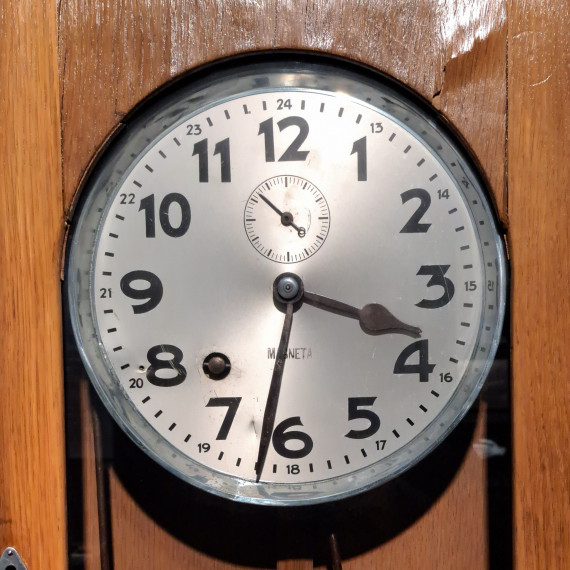The Kränzlein brush factory

As early as the middle of the 19th century, Erlangen was home to several brush makers, but these operated at a purely artisanal scale. The Kränzlein company, founded in 1872, was the first to transition to industrial production methods. As a first step, the company introduced the division of labour, which Emil Kränzlein established for his as yet small operation against the initial resistance of his workers. The company's first purpose-built factory was erected on Östliche Stadtmauerstraße in 1888, and was already equipped with steam-powered saws. Productivity was further increased particularly through the use of patented, purpose-built machines for inserting, punching in, and gluing in the bristles.
In contrast to artisanal makers, the Kränzlein brush factory manufactured the finer brush types destined for distribution beyond the regional market right from the start. It began producing toothbrushes in 1893, which until then had been imported from England and France.
Technical innovations and improved product range led to increased profits, which enabled production facilities to be continually expanded. In 1912, 40 years after it was founded, the company reached the peak of its development. It was then a large enterprise with global export connections, and the third largest employer in Erlangen.
Its gradual decline began after the First World War and hyperinflation. Due to cashflow difficulties, the factory site was sold in 1939, and operations had to move to rented premises. The company was wound up in 1995. Brush manufacture was taken over by the Ideal-Zett GmbH company, which is still in existence today.
Factory discipline
The first factory workers mostly came from the trades, the urban underclass, and agriculture. At the factories, they encountered industrial mass production, which was radically different from their previous working lives. Factory work meant the separation of living and working spaces, a limited task range and, above all, being confronted with disciplinary and time pressures they were not accustomed to.
Lack of punctuality, absenteeism, and other irregularities were widespread and posed serious difficulties for many companies. The 'factory masters' tried to solve this problem mainly by imposing strict discipline. Rules and penalties were imposed, internal control authorities established, factory clocks, bells, or steam whistles introduced, factory buildings were secured behind guarded gates, and the factory floors were designed for easy observation. Apart from controls and penalties, systems of benefits and incentives were also developed, such as bonuses, company health insurance schemes, tied housing, and piecework rates.
Early factory rulebooks thus mirror the conflicts and power relations of the industrial revolution. As dictatorial decrees, they document the factory masters' sense of entitlement to rule and educate. Only the Reichsgewerbeordnung ('Imperial Regulation for Commerce and Industry') of 1891 provided a framework for their content and also imposed a modest right of the workforce to be consulted when they were drawn up.
< Previous chapter | Next chapter >
